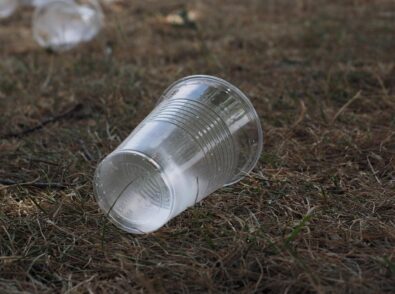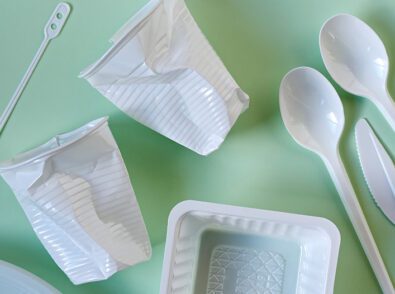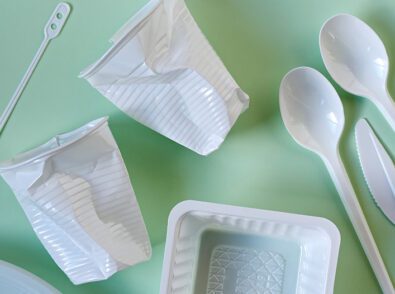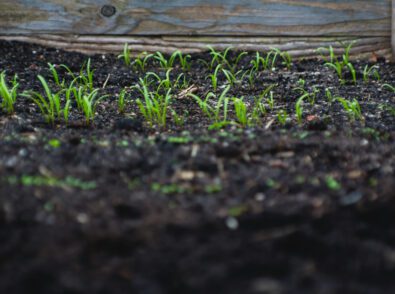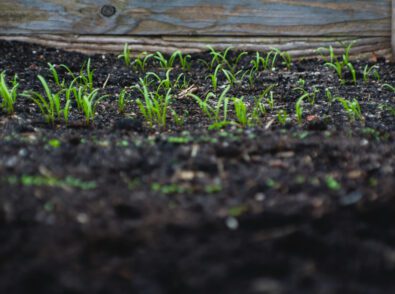What Does Biodegradable Mean?
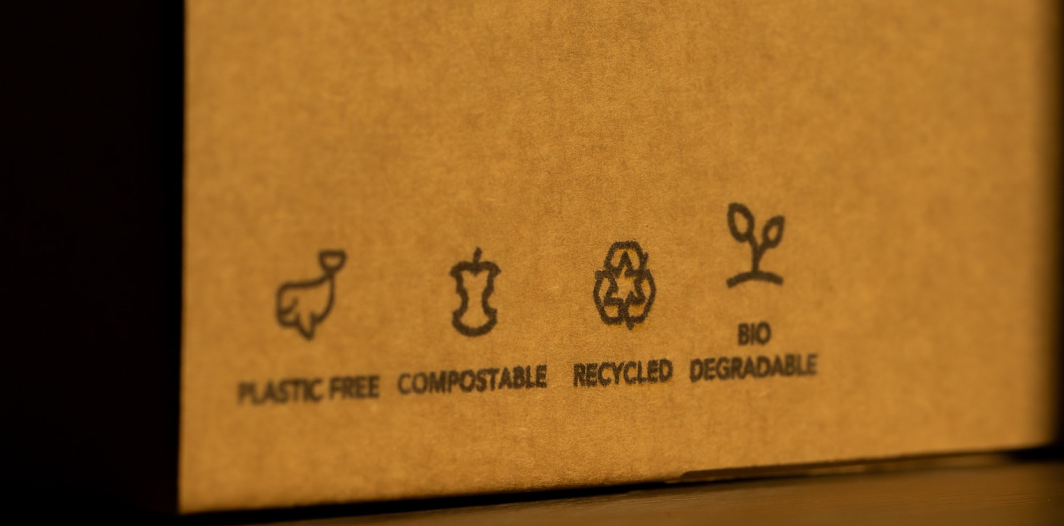
Biodegradable and compostable products are becoming the perfect choice for anyone who wants to make more sustainable purchasing choices. But it is imperative to understand the differences in products ranging from compostable food containers and packaging materials to consumer items like makeup, toothbrushes, and apparel, knowing a product’s biodegradability allows us to be conscious of the environmental impact of our purchases without sacrificing convenience.
Today, we’ll explore what it means for a product to be biodegradable, how this differs from other green practices (like composting), and how long it takes for a biodegradable item to break down.
Understanding what biodegradable means, the terminology and the disposal options available allows us to make more environmentally conscious choices.
What Does It Mean to Be Biodegradable?
Biodegradability refers to the physical and chemical breakdown of materials into basic components under the influence of microorganisms such as bacteria, fungi, and algae. When items are processed by these organisms, they are broken down into gases and sugars, releasing carbon dioxide into the environment.
As such, biodegradable products when linked with a tested degradation time frame can be more environmentally friendly and contribute to the planet’s sustainability. Consciously choosing and using biodegradable materials and disposing of them according to their distinct properties will reduce the volume of waste in our landfills that won’t break down.
Plus, as demand for biodegradable, compostable and packaging increases, these materials will start replacing petroleum-based plastics in our everyday culture.
However, just because a product or material is labeled biodegradable doesn’t mean you can be careless about its disposal. Not all biodegradable products break down in all environments—and some do not do so quickly. For example, an item that will break down easily in one context may not biodegrade in another; or take significantly longer to break down.
Materials require specific conditions to break down efficiently. Understanding these conditions is critical so we can dispose of them properly.
Water, temperature, oxygen, and bacteria are the catalysts for biodegradation. Consider the food in your fridge—when kept in colder temperatures, it will keep longer, but when exposed to light, heat, and air, it will start to go bad (oxidize) quickly.
Is Biodegradable the Same as Compostable?
As the world becomes more attentive to environmental concerns, the terms biodegradable and compostable have become commonplace. However, it is essential to understand the difference between the two when seeking eco-friendly alternatives.
Biodegradable refers to substances that break down naturally over time in virtually any environment.
Compostable material is organic matter that breaks down into nutrient-rich soil when combined with other organic matter in a specific composting environment.
The big difference is that biodegradation occurs naturally, while composting is human-initiated.
It is vital to note that not all biodegradable products are compostable, and vice versa. Therefore, it is crucial to know the difference, choose the appropriate option for your needs, and dispose of items correctly to reduce waste effectively.
How Long Does It Take for Something to Become Fully Biodegradable?
Biodegradable products seem like a good choice as they break down naturally, but how long does it take for something to biodegrade fully?
The answer depends on various factors, such as the composition of the material and the type of environment in which it is placed. Generally, biodegradation can range from a few months to several years or even a lifetime.
Take wood, for example. When cut wood is left in a natural environment or made into an item like paper or cardboard, it will break down relatively quickly. However, when it’s used to build a house, it can last several lifetimes.
In this context, it’s critical to understand what conditions are required for the material to break down fully. Simply stating that an item is biodegradable isn’t the whole story.
Are Biodegradable Products Good for The Environment?
We all want to do right by our planet. But as you’ve discovered, simply being biodegradable isn’t the end of the story.
Some biodegradable products break down quickly and easily and are reabsorbed into the natural environment, while others emit harmful gases or chemicals as they biodegrade. Almost everything is biodegradable to a certain degree—but if it takes hundreds of years to break down, that’s not good. In other words, purchasing a product that mentions biodegradable on the label is a slippery slope and may not, in itself, be helping us make better choices for the planet.
Proper disposal is the key.
Consider also that the biggest emitters of greenhouse gases (methane and CO2) in our landfills are paper, food waste, lawn clippings, and bioplastics. Also, if these items become buried under tons of garbage and aren’t exposed to heat and oxygen, they may never break down properly. As a result, they’re really no better than single-use plastics when disposed of this way.
Examples of Products That Are Non-Biodegradable
Here is a list of non-biodegradable items. Some are recyclable; others are not. Some may degrade over a few hundred years, which makes them non-biodegradable in the bigger scheme of things.
- Plastic (water bottles, food containers, straws, film, plastic bags, etc.)
- Razors
- Glass
- Batteries
- Tin cans
- Metal/scrap metal
- Polystyrene/Styrofoam
- Light bulbs
- Electronics/e-waste
- Ink cartridges
- Carbon paper
- Needles
- Footwear
- Synthetic fibers
- Chemicals
- Pesticides
- Disposable diapers and sanitary pads
- Cigarette butts
- Dryer sheets
- Rubber tires
- Treated wood
- Polyvinyl chloride (PVC)
It’s probably worthwhile to consider that it’s beneficial for some things not to be biodegradable. You wouldn’t, for example, want your plumbing pipes to disintegrate over time, right?
For single-use applications, however, you don’t need to use items that will stick around forever. Choosing a biodegradable, reusable, recyclable, or compostable alternative is best, but you must consider the product’s lifecycle first. Bioplastics are an excellent case in point. They are technically biodegradable but require high temperatures to break down completely. Therefore, bioplastics, like PLA, must be disposed of through an industrial composting program.
It’s Easy to Make More Sustainable Choices
Making more sustainable choices can be confusing if you don’t understand the terminology. We hope this post was enlightening and supports your efforts to make better choices for your health and our planet.
Shop Greenprint to find the sustainable single-use products you need to support a greener lifestyle.
References
- https://www.merriam-webster.com/dictionary/biodegradable
- https://www.sciencedirect.com/topics/engineering/biodegradation-process
- https://www.epa.gov/lmop/basic-information-about-landfill-gas
- https://www.junkluggers.com/about-us/news-and-events/35424-28-household-items-that-dont-disintegrate-in-landfill-alternatives.html
- https://edis.ifas.ufl.edu/publication/FR418

